[LUM#19] To the coal!
Improving the manufacturing processes for charcoal, the fuel most widely used in developing countries, is one of the BioWooEB laboratory's main areas of research.
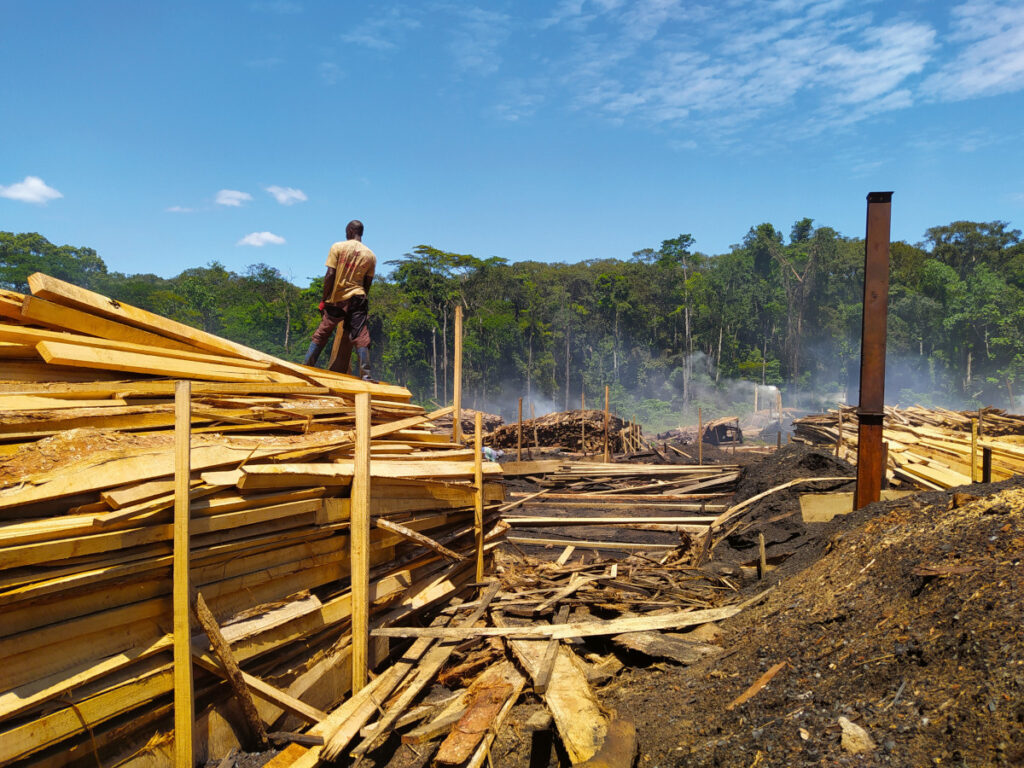
It's the energy of cities in developing countries: charcoal. Not to be confused with fossil coal extracted from mines," explains Kévin Candelier. Charcoal is produced by heating wood in the absence of oxygen, a process known as carbonization or slow pyrolysis ", explains the researcher from the
BioWooEB laboratory . 1. Why charcoal rather than wood? " Charcoal has a higher energy content per unit mass than firewood, burns more slowly and emits less smoke during combustion," answers Kevin Candelier. Light, easy to transport and store, it is the fuel of choice for urban households in developing countries. In the Democratic Republic of Congo, 90% of the population living in the capital Kinshasa depend mainly on charcoal for cooking, according to theUnited Nations Food and Agriculture Organization.
According to its latest report on the state of the world's forests, charcoal consumption is rising steadily due to population growth, urbanization in developing and emerging countries "and its more affordable cost compared to other energy sources", explains François Pinta, also a researcher at BioWooEB. As a result, global charcoal consumption has risen by around 20% over the past 10 years, putting a strain on forest resources already under pressure.
"In developing countries, most charcoal is produced by hand, using simple techniques known as carbonization millstones: wood is stacked in compact piles, covered with plants and earth to create a closed enclosure, and then heated to turn the wood into charcoal," explains Kévin Candelier. This traditional method achieves conversion efficiencies of only 13% to 27%, meaning that it takes between 3.5 and 8 kilos of wood to produce 1 kilo of charcoal, depending on the processes used.
Improving these processes is one of the areas of research that the BioWooEB laboratory has been exploring for 40 years. " One of the challenges is to improve material conversion yields, in particular by choosing the right wood species, but also by improving existing practices or developing new charcoal production processes that are more respectful of the environment and less arduous for charcoal makers", explain the two researchers. The challenge is to meet the growing demand for charcoal while preserving wood resources.
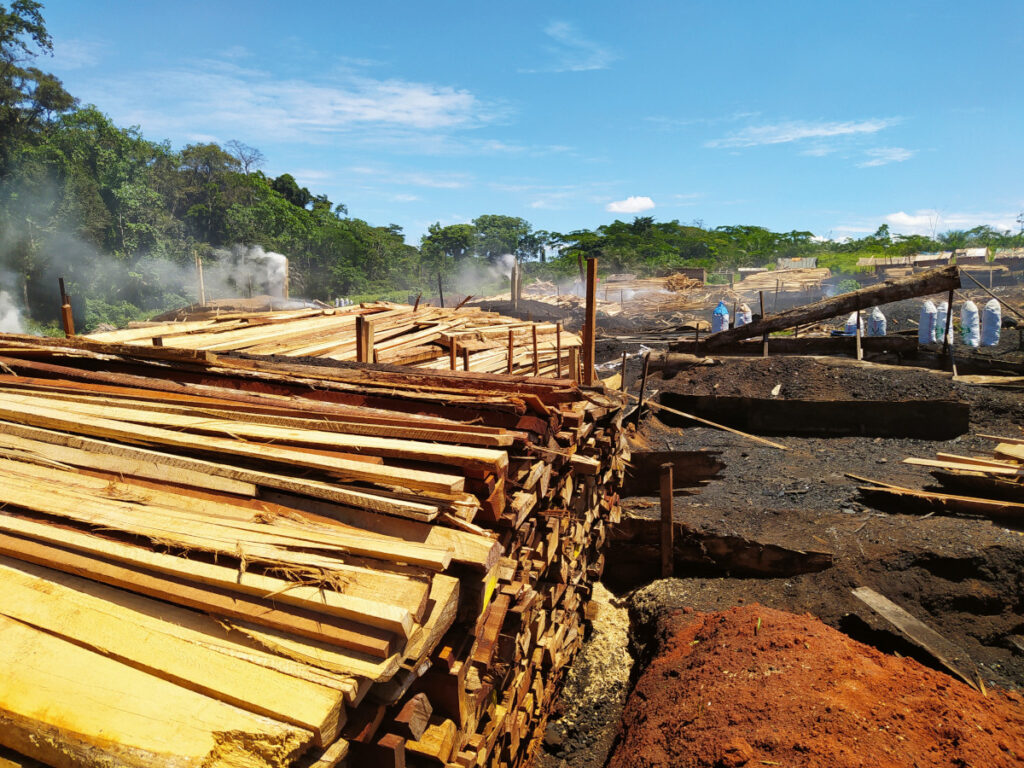
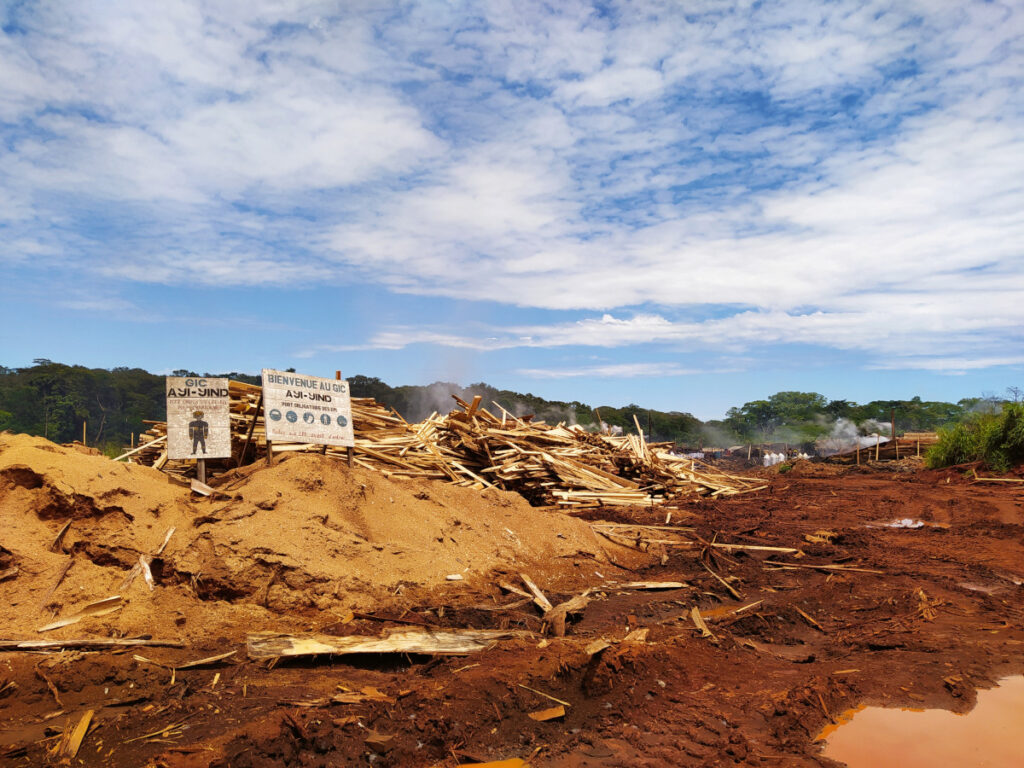
for charcoal production
GIC de Charbonniers Ayi-Yind d'Abong-Doum,
Cameroun
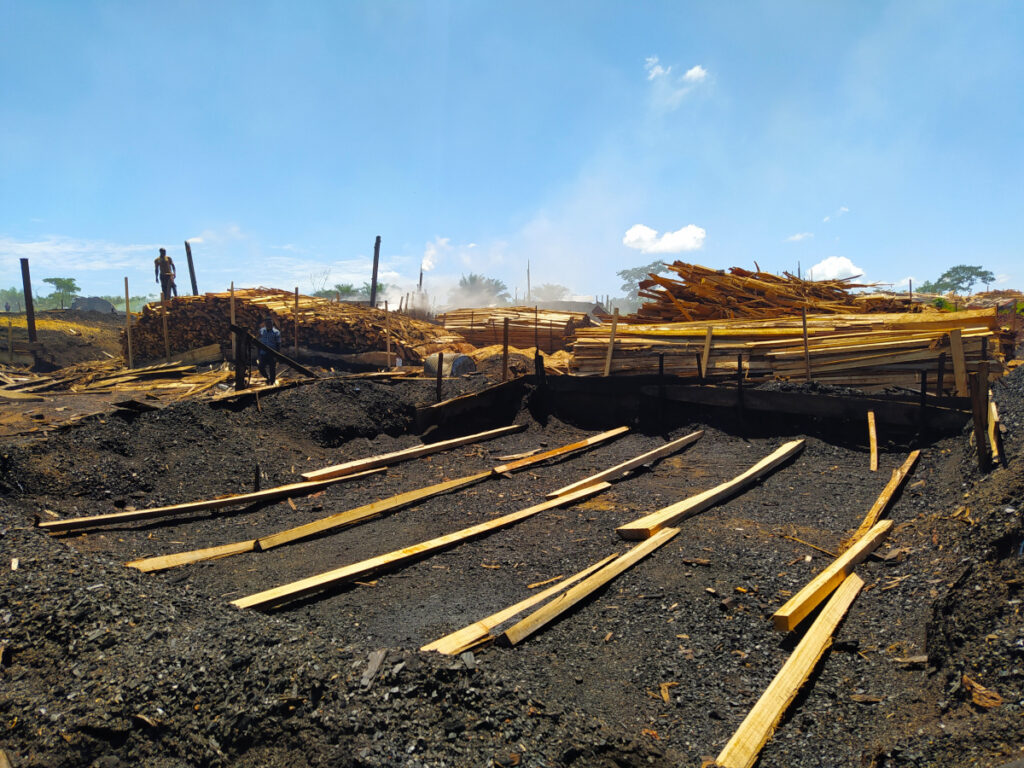
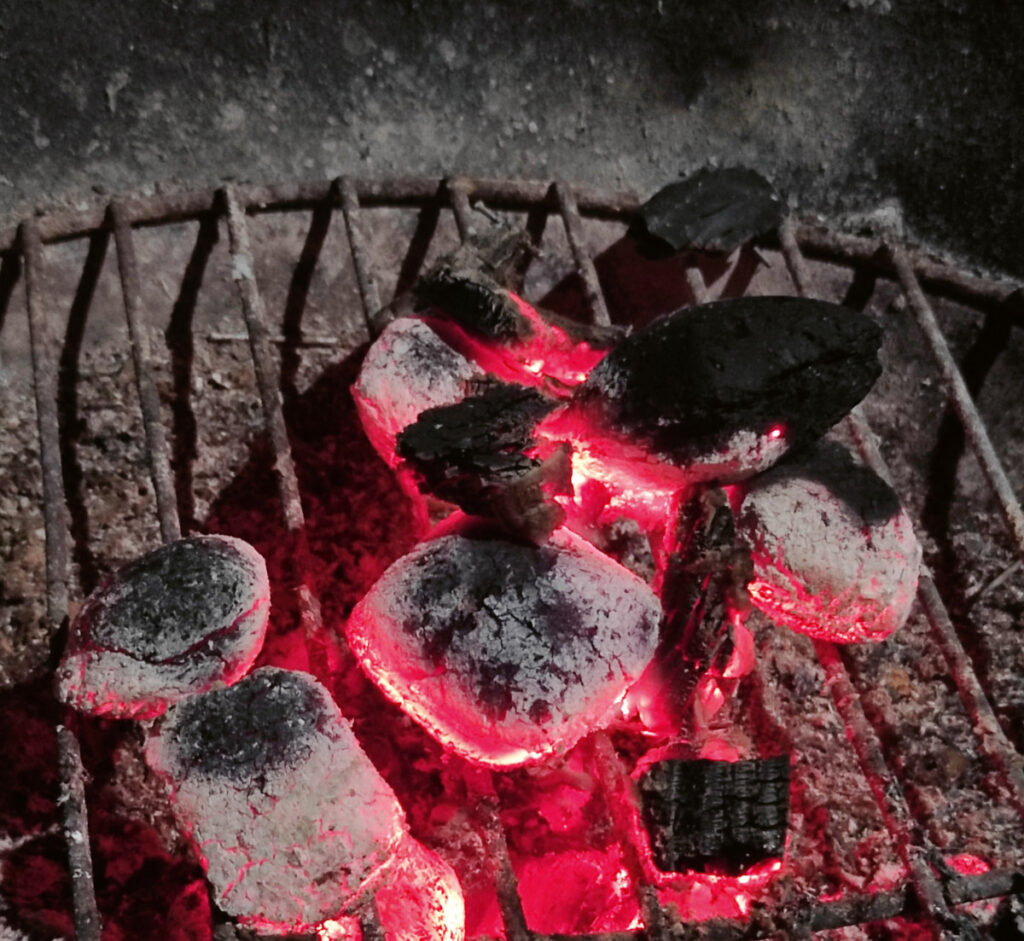
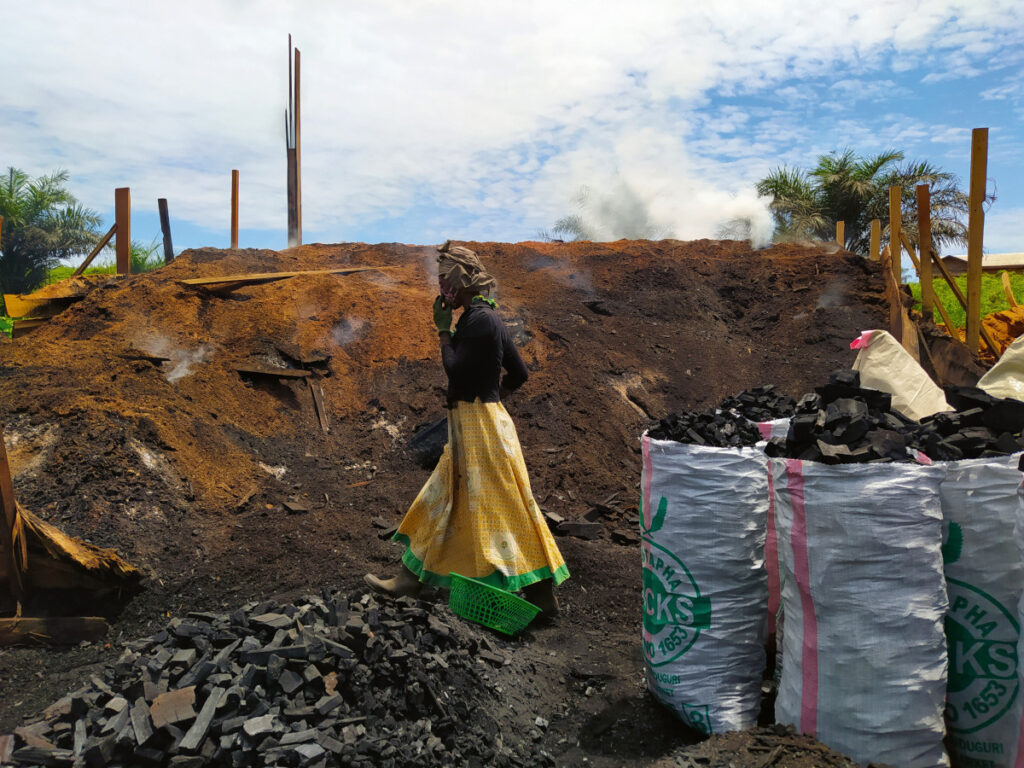
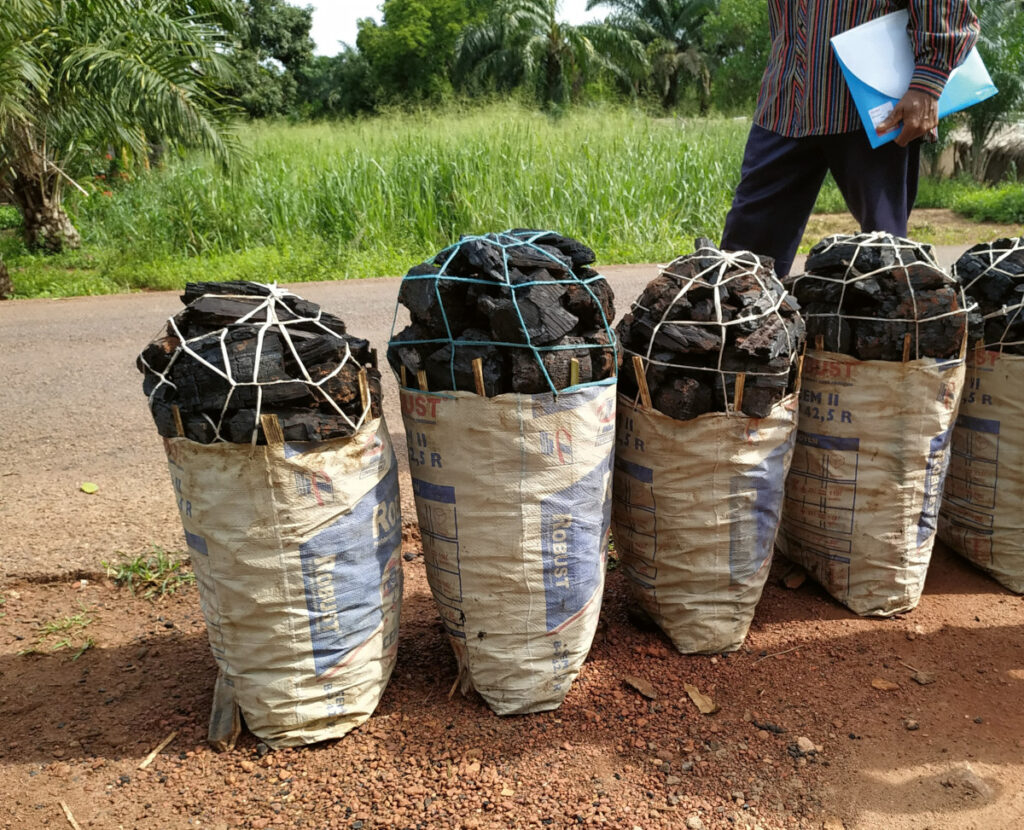
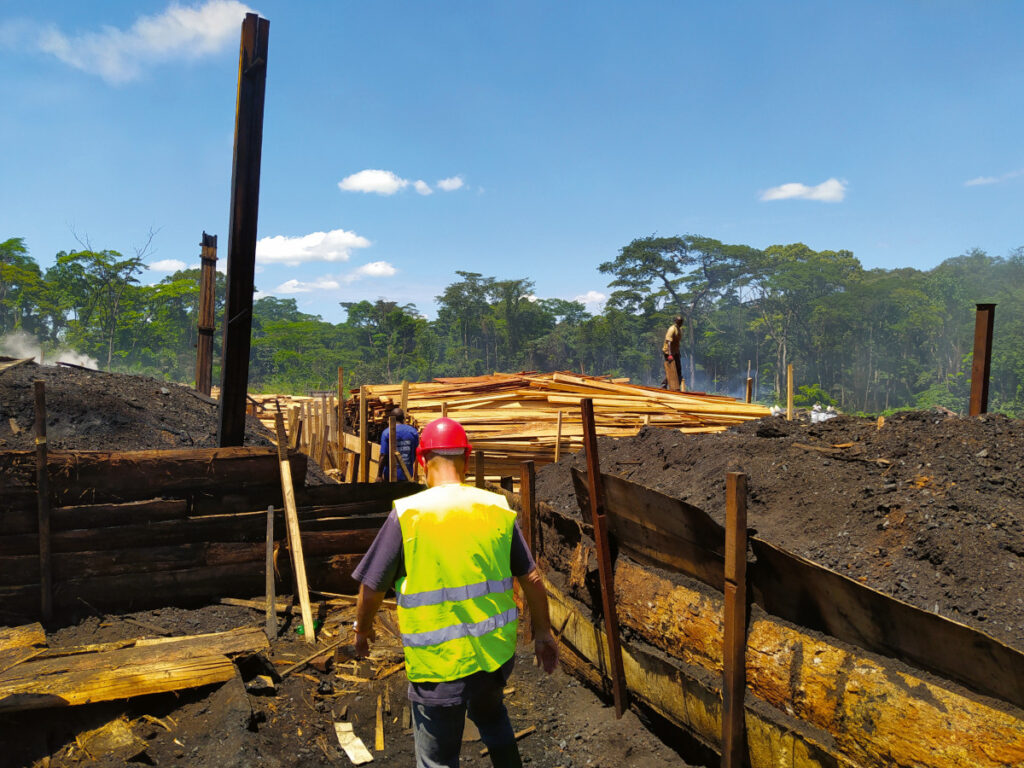
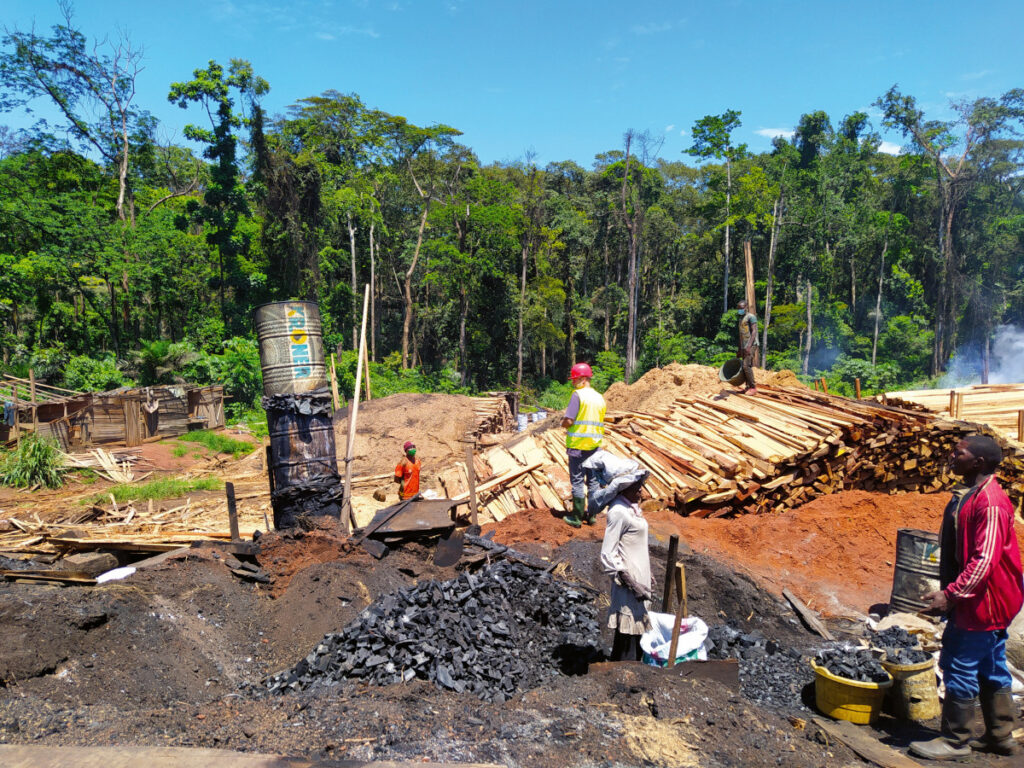
Also listen to :
UM podcasts are now available on your favorite platforms (Spotify, Deezer, Apple podcasts, Amazon Music...).
- BioWooEB (Cirad) ︎